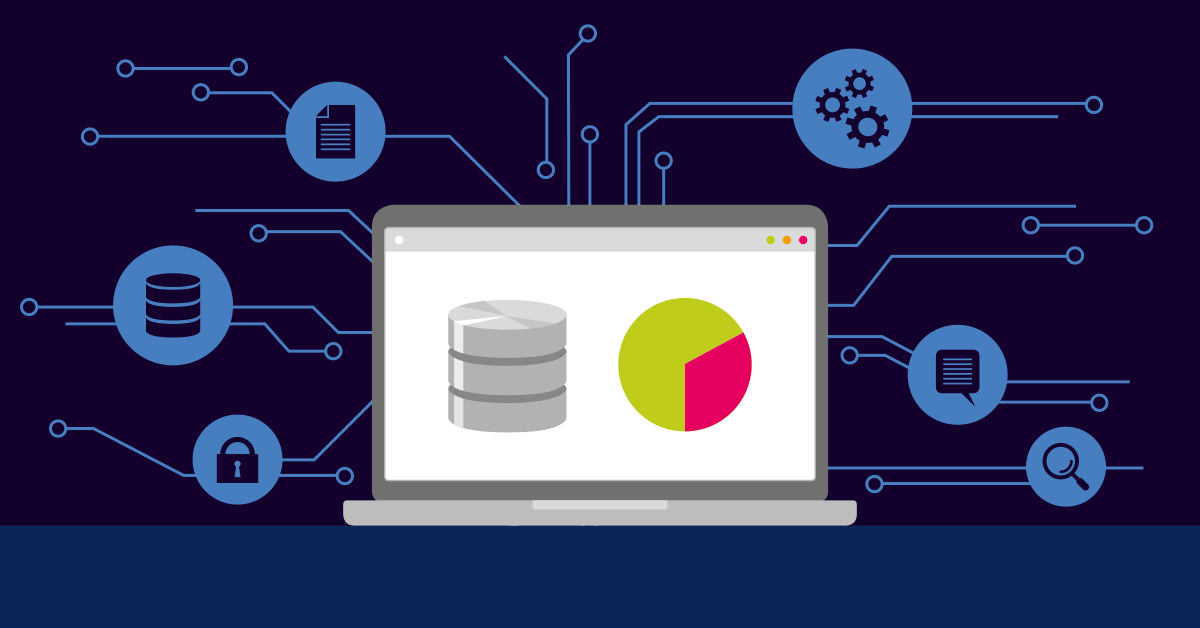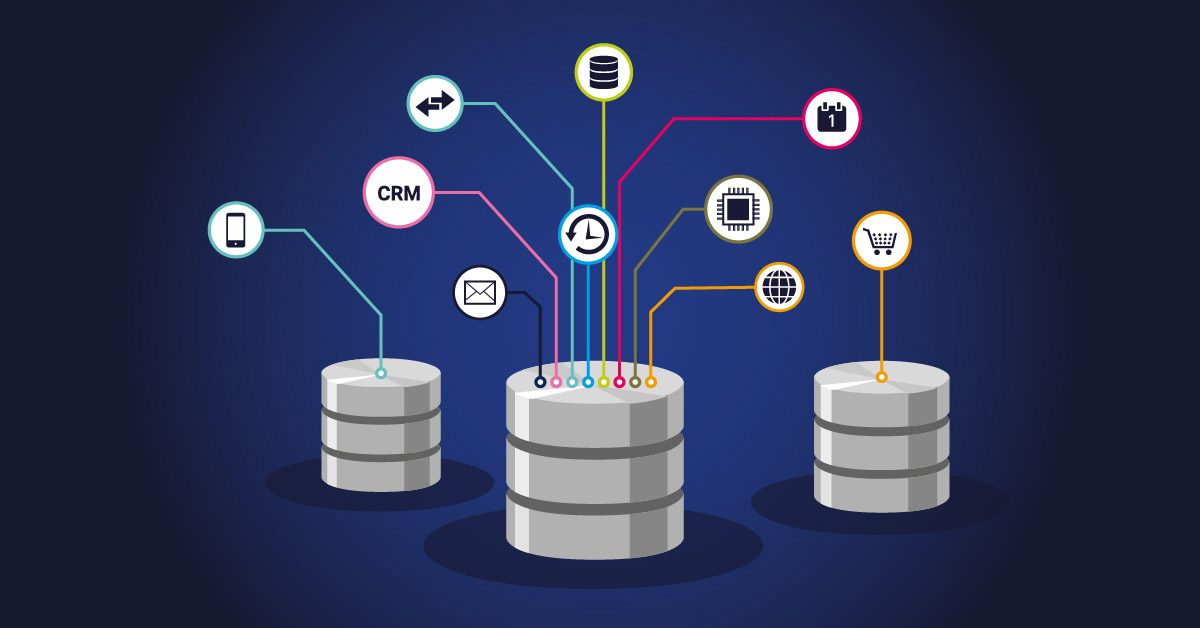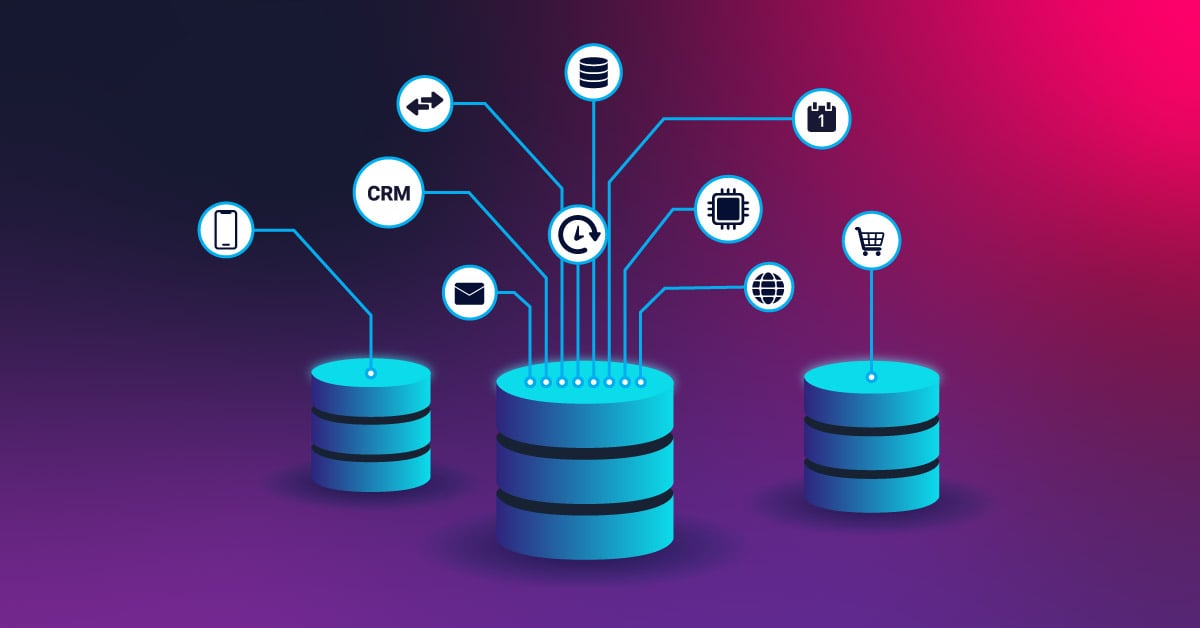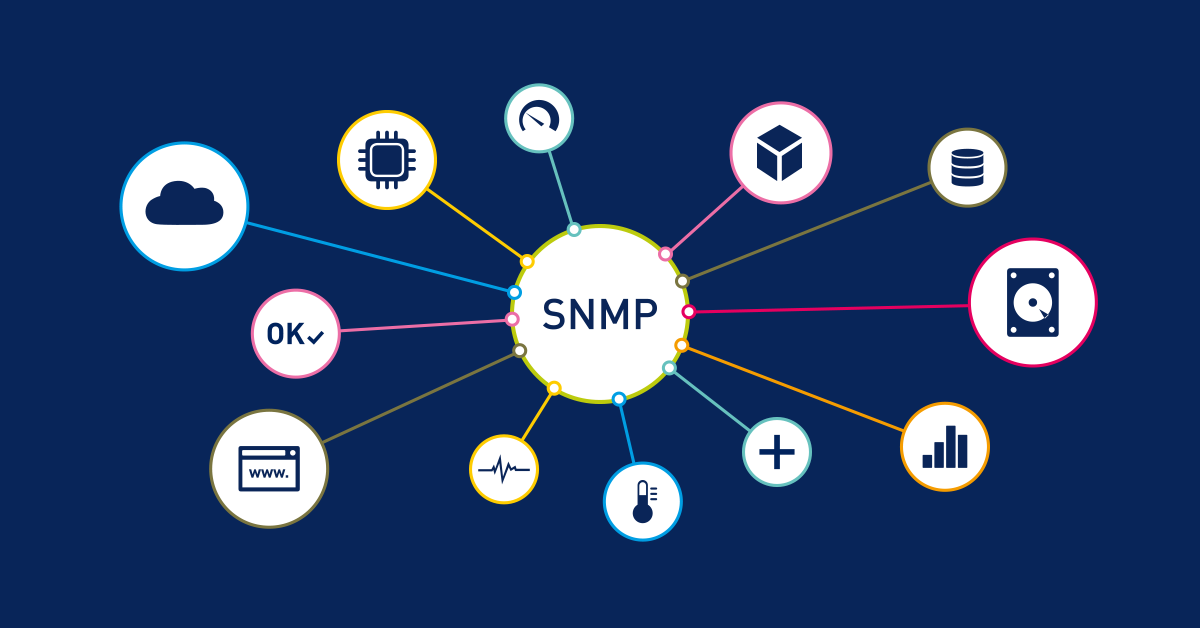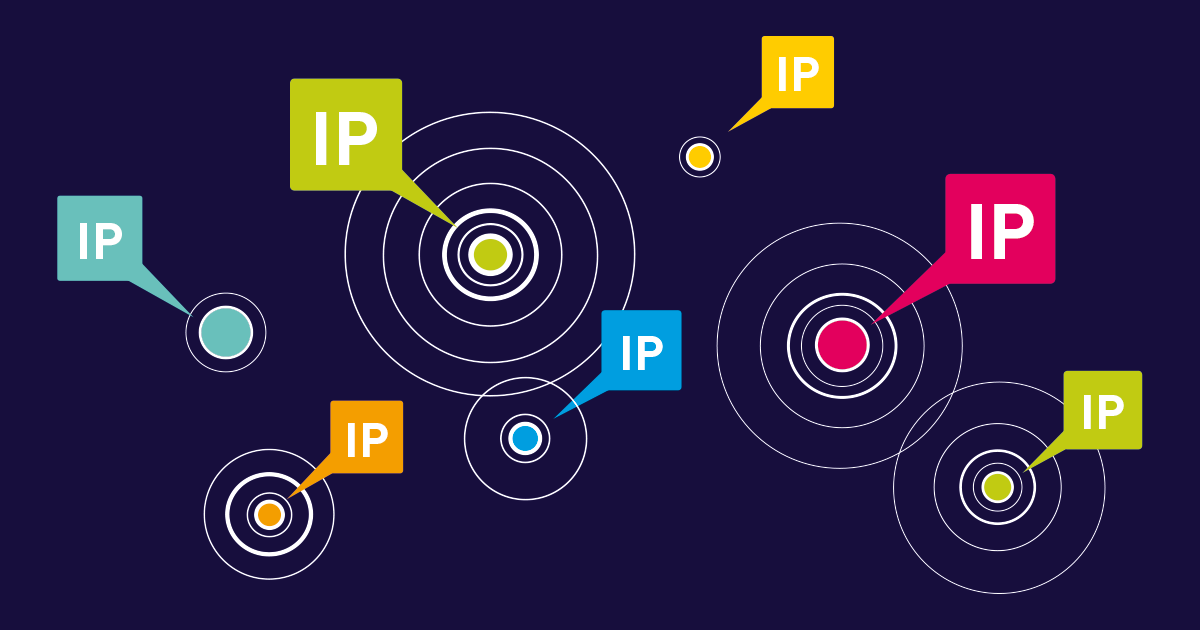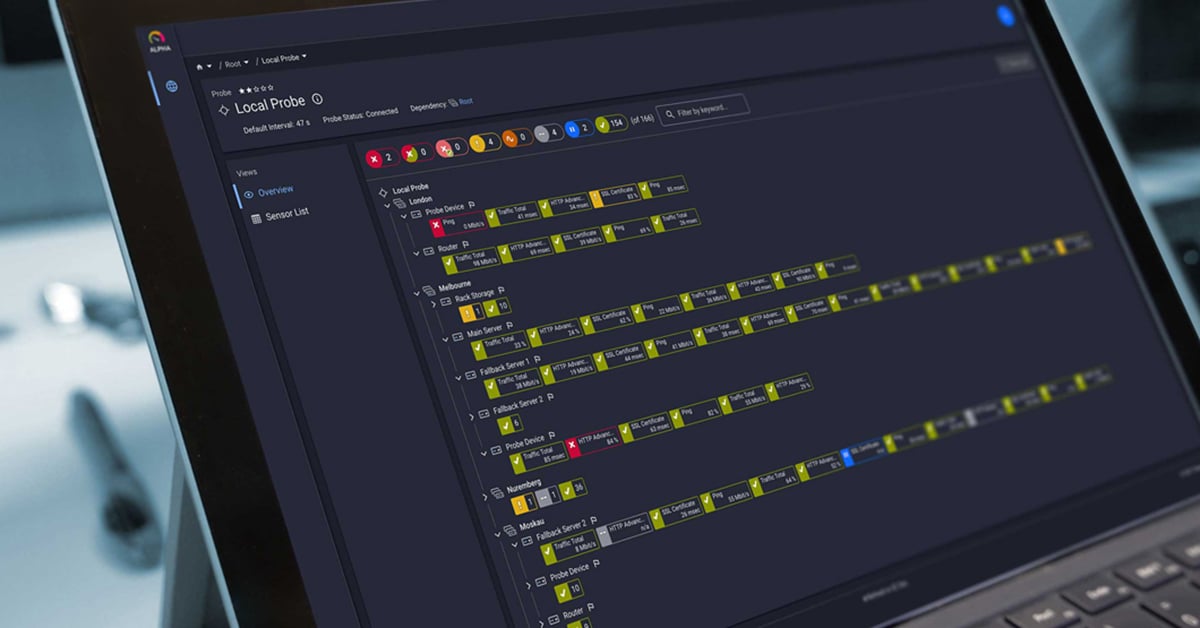If databases had therapy sessions, performance metrics would be the therapist's notebook - a brutally honest summary of everything that's going wrong (and occasionally, what's going right).
Whether you're running Oracle, PostgreSQL, MySQL, or SQL Server, your database performance metrics are the pulse of your entire data infrastructure. And if you're a seasoned sysadmin, you know that when things go south, it's rarely a polite descent - it's more of a flaming rollercoaster into bottleneck hell.
So, let's pop the hood and dig into what these metrics actually are, why they matter, and how you can use monitoring tools like Paessler PRTG to track, troubleshoot, and even prevent your database from sobbing in production.
Why should you care about database performance metrics?
If your users are refreshing pages like they're trying to win a carnival game and your application latency is measured in geological time, you've got a performance problem. That's where database performance monitoring steps in.
Performance metrics help you identify if the issue is with CPU usage, disk I/O, query performance, wait times, or just an unfortunate lack of indexing (looking at you, table scans). These metrics allow you to:
-
Pinpoint query bottlenecks
-
Track CPU utilization and memory usage
-
Detect deadlocks and resource contention
-
Monitor cache hit ratios and execution plans
-
Set thresholds to alert you before things get catastrophic
Basically, they help you move from "Why is this so slow?" to "Ah, there's a 9-second query choking the server like it's 2003." This is where optimization starts - when you can actually see what's broken.
The metrics you should be watching like a hawk
Alright, grab your virtual magnifying glass, Sherlock, because it's time to inspect the suspects:
Query execution time: Long query times are often the canary in the coal mine. Whether it's an unoptimized join, missing index, or just a user writing a 500-line monstrosity, this metric tells you what's dragging. A key factor in query performance.
CPU & memory utilization: Databases are hungry. If your SQL server's CPU is always maxed out, you might be pushing it beyond what your current resources can handle. Or you've got an N+1 query situation that's quietly eating your soul. Good database management starts with knowing your resource limits. Monitoring CPU and Memory can help keep tabs on these vital signs.
Disk I/O and wait times: If data retrieval is slower than a Monday morning, chances are your storage subsystem is bottlenecked. High IOPS and slow response times can reveal a lot about performance issues, and where optimization is needed. Implementing disk space monitoring can provide insights into these bottlenecks.
Throughput (transactions per second): How much your DB is doing in a given time. High throughput with low response time? Nice. Low throughput with high response time? Send help. These metrics tie directly into overall database performance and query performance.
Deadlocks and lock waits: Nothing says "go make coffee" like a table locked for 12 minutes. These metrics help you identify what processes are stepping on each other's toes and make a strong case for smarter database management practices.
Monitoring metrics with PRTG – real-time, no nonsense
Here's where Paessler PRTG comes in like the superhero it is (cape optional, sensors mandatory). PRTG gives you a unified dashboard view of all your metrics: CPU, memory, query execution, wait stats - even across hybrid environments.
With built-in sensors for SQL Server, Oracle, MySQL, and PostgreSQL, you can monitor metrics like:
-
Query duration and failures
-
Open transactions
-
Cache hit ratios
-
Number of active sessions
-
Locking behavior
PRTG stands out among monitoring tools by giving you visibility into the data that truly matters for query performance and system optimization. All wrapped in shiny visualizations and customizable dashboards. Oh, and yes, you can set notifications for when metrics cross critical thresholds. No more surprise downtime at 3 AM.
👉 Check out PRTG's database monitoring capabilities for more juicy tech details.
Database performance metrics are your crystal ball
When your app is lagging, your users are complaining, and your logs are screaming - performance metrics are what help you make sense of the chaos. With proper observability, you're not just reacting to problems, you're predicting them. Which, in database management land, is the closest thing to magic. 🔮
FAQ – the weird stuff you never asked but definitely should
1. How do I know if my cache hit ratio is "good"?
If you're hitting below 90%, something's off. Check your memory allocation and query patterns - your DB might be doing too much heavy lifting from disk. Tools like PRTG's memory monitoring can help diagnose inefficient caching.
2. What's a baseline and why should I bother setting one?
A baseline is your DB's "normal." Without it, how do you know when something's wrong? PRTG helps track these over time using historic data analysis, so spikes don't sneak up on you like ninjas.
3. Can high CPU always be blamed on queries?
Nope. Sometimes it's poor configuration, or even bad indexing. Sometimes it's gremlins (okay, maybe not gremlins). But query profiling usually helps, and gives you a roadmap for optimization. Try using custom sensors in PRTG to track exactly what matters.
4. Is replication hurting my performance?
If done wrong - absolutely. Improper sync settings or too much write load can throttle performance. Monitor replication lag and throughput like a hawk using tailored SQL sensors in PRTG to stay ahead of trouble.
5. Do database performance metrics help with machine learning models?
Absolutely! Especially when you need clean, consistent response times or efficient feature storage. Slow queries can bottleneck pipelines like nobody's business. Reliable metrics are essential for optimizing the performance of data-heavy environments.
My famous last words
Database performance metrics aren't just a bunch of numbers to ignore until something catches fire. They're early warning signs, health indicators, and heroic helpers that make you look good in postmortems.
With the right monitoring tools, smart optimization choices, and strong database management strategies, you'll sleep better, troubleshoot faster, and maybe even have time for coffee that's not cold.
Happy monitoring, fellow network ninjas! 🙌
Oh, and if you're ready to conquer your database performance metrics, Try PRTG Network Monitor free for 30 days and experience a hassle-free monitoring experience.
 Published by
Published by 